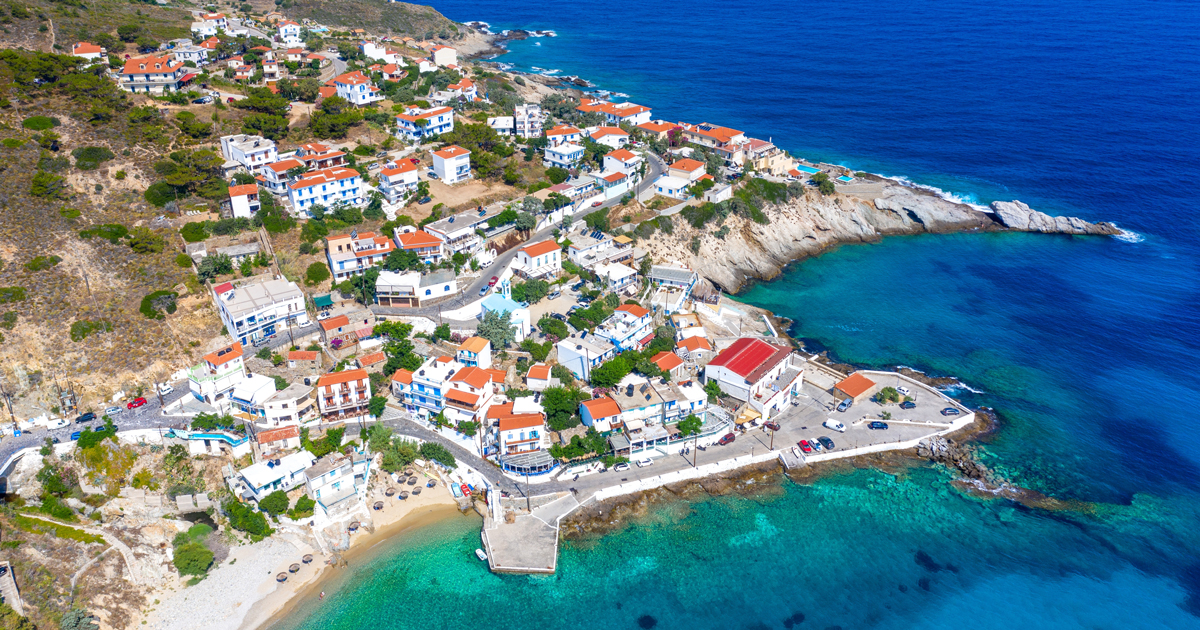Blue zones are areas in which people live longer, consistently reaching age 100. The term was coined in 2004 by National Geographic fellow and writer Dan Buettner, who teamed up with the National Institute on Aging to study areas of the world in which people live exceptionally long lives.
They called them Blue Zones because when Buettner and his colleagues were searching for these areas, they drew blue circles around them on a map. Although the concept of blue zone communities having exceptional longevity has been challenged by the absence of evidence, a study in Immunology & Aging demonstrates that behavior plays a greater role in aging than genetics.
Buettner and his team identified five areas – Loma Linda, California, U.S.; Nicoya, Costa Rica; Sardinia, Italy; Ikaria, Greece and Okinawa, Japan – with the highest percentage of centenarians (a rare population of people that live to be at least 100 years old). Buettner and his team identified nine characteristics these pockets of the world all seemed to share. Some of the characteristics include:
- Natural movement: Most of the centenarians employed natural movement throughout their day, working in the garden, walking, doing household chores.
- Having purpose: Older individuals in these areas seemed to have a sense of purpose, or a reason to wake up every morning.
- The ability to de-stress: These people had built stress reduction techniques into their routines, whether it was reflecting on the day or praying to ancestors.
- Employing 80% full rule: Many individuals in these blue zones report eating until they’re 80% full. They also tend to eat their smallest meals at the end of the day.
- Plant-based diets: Most centenarians in these regions focused on a diet of mostly beans, plants and whole grains, which in addition to having a positive effect on the gut microbiome, also has anti-inflammatory properties. This is important because chronic inflammation is associated with a whole host of conditions such as stroke, heart disorders, cancer, obesity, arthritis and diabetes. While plant-based eating is a big part of the lifestyle in the blue zones, completely giving up meat isn’t necessary for a healthy diet.
You don’t have to live in a blue zone to adopt some of their behaviors and give your health and overall wellness a boost.



